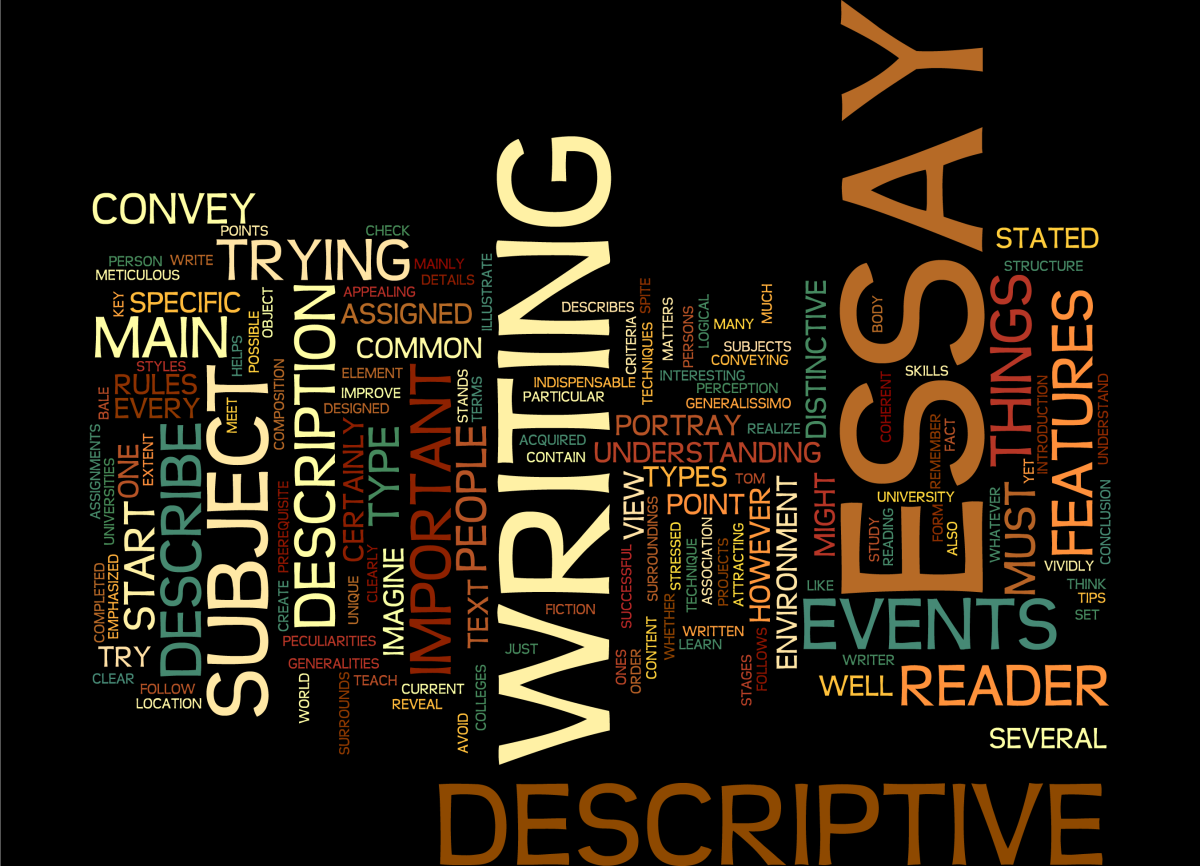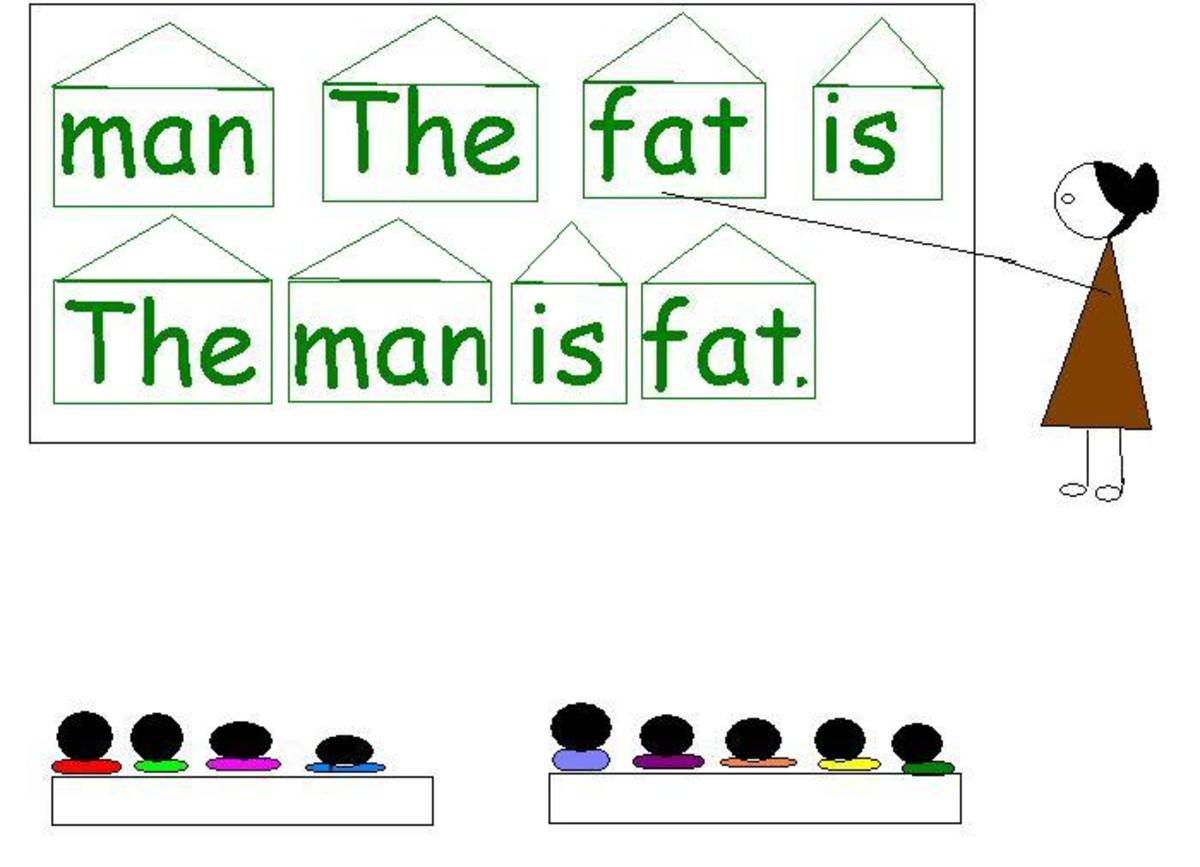How to Use Dialogue to Show the Character of a Character
A Tremendous Grasp of the Obvious
I swear to you, I’m not making this up.
I was reading a book last night, and yes, it was written by a fairly well-known author who shall remain nameless, and on Page 146 I found this sentence:
“He rudely yelled out ‘GET ME THE DAMNED WATER NOW!’”
Okay, class, can you tell me what is wrong with that sentence?
No? Well, then, I’ll give you a hint.
Stephen King once wrote: “The road to hell is paved with adverbs.”
Now, class, can you tell me what is wrong with the aforementioned sentence?
Someone else once said, and I forget who it was, that adverbs are the tool of a lazy mind. Look at that sentence again. “Get me the damned water now” is a rude statement and I don’t care who says it, so why did the author feel the need to tell us “he rudely yelled out?”
The word “superfluous” comes to mind.
The point I want you to come away from this lesson with is this: the English language is a beautiful language with a multitude of tools at our disposal. Use those tools. Don’t take the easy way out.
So let’s talk about how we can use dialogue to describe the character of a character, without stooping so low as to use adverbs to do our job for us.

The Character’s Attitude Towards Others
We can show attitude by the grammatical nature of our sentences. Let me give you a couple examples.
In the example I used above, “get me the damned water” is a sign of disrespect. “Would you get me a glass of water” is a sign of respect.
If someone is sharing an idea, and one of the characters says, “You can’t possibly think that’s a good idea,” there is a good chance we are dealing with a rude person who thinks his/her ideas are superior. If he/she is interested in other viewpoints, they might say “That’s an interesting idea; let’s discuss it further.”
As a general rule, an imperative sentence is almost always considered a command and thus disrespectful.

Portraying Mood Through Dialogue
Dialogue is a marvelous way of showing a character’s state of mind without really stating anything at all. A person who is calm will normally speak in complete sentences. A person who is freaked out will speak in shorter sentences or sentence fragments. You can achieve the same thing by having one character stutter while speaking, or have them re-start a sentence halfway through a sentence.
A person in love will generally speak in a flowery way when describing things; a person lonely or bitter will be much-less likely to speak in such a way.
Similarly, a person with a hectic, fast-paced job or life will speak in shorter sentences or sentence fragments. They will be more likely to speak in commands rather than casual conversational English.
It’s all in the nuance, my friends. Listen to people speak in a public place. I guarantee you will gain insights into character and state-of-mind by simply listening.
Type of Personality
Isn’t this fun?
How do you appear to others who listen to you speak? Think about that one for a moment and let’s see how a writer can portray personality through dialogue.
Is a person shy or a people-person? Go into a store and ask a clerk a question. Where is the paper towel aisle? The clerk might say, without making eye contact, “It’s in Aisle Two.” Another clerk might say “Oh, that’s in Aisle Two. Follow me and I’ll be glad to show you.” Same answer but two completely different personality types.
Tricks of the Trade
Okay, I’ve given you some examples and things to think about. Now it’s time to practice what we preach.
What can you do to improve in this area? I know you’re asking that right now, so let’s let that question out of the closet into the light of day.
Tip #1: Go out into public and listen to people talk to one another. See if you can depict the character of a person from what they are saying. Heck, take a tape recorder and record those conversations so you can play them back later. I promise you’ll gain some insights.
Tip #2: Think of polar opposites and then practice writing a sentence both ways. In other words, let’s take the polar opposites of empathy and indifference. How would a character say something if they were empathetic, and how would they say the same thing if they were indifferent?
Tip #3: In the same vein, write down as many emotions as you can think of, and then practice relating the same message in all those different ways…anger…love…fear…and so on.
Tip #4: Slang and cursing are quite effective if used at the right times. If you have a character that always curses, it is impossible to gain insight into their character, other than the fact that they need a lesson or two in grammar. If you have a character who never curses, and they suddenly do, you have allowed your readers to gain extra insight into that character.
Tip #5: Remember that dialogue in a story or novel must have a purpose, unlike real life. In real life there are, quite often, meaningless statements that really have no purpose behind them. Not so in a novel. If you are going to have a character speak, then make it worthwhile to the reader, and use that speech to help the reader gain more insight into the character.

Summing It All Up
I had a cousin who was a very excitable person. Everything she said seemed harried. It was like trying to follow the flight of a hummingbird in a windstorm, listening to her talk. She loved to say “this isn’t rocket science,” and she would occasionally say, “this isn’t brain surgery.” One day she was in a much bigger hurry than normal and she said “this isn’t rocket surgery.” I still laugh when I think of that, and it’s a perfect example of the lesson I give you today.
Writers have been given tens of thousands of words to choose from; don’t cheat yourselves when using them. How you use those words is just as important as word choice.
To borrow from my cousin, this ain’t rocket surgery, but it does take a conscious effort and a willingness to improve our writing.
Today’s lesson is officially over. Time for recess!
2015 William D. Holland (aka billybuc)
“Helping writers to spread their wings and fly.”










